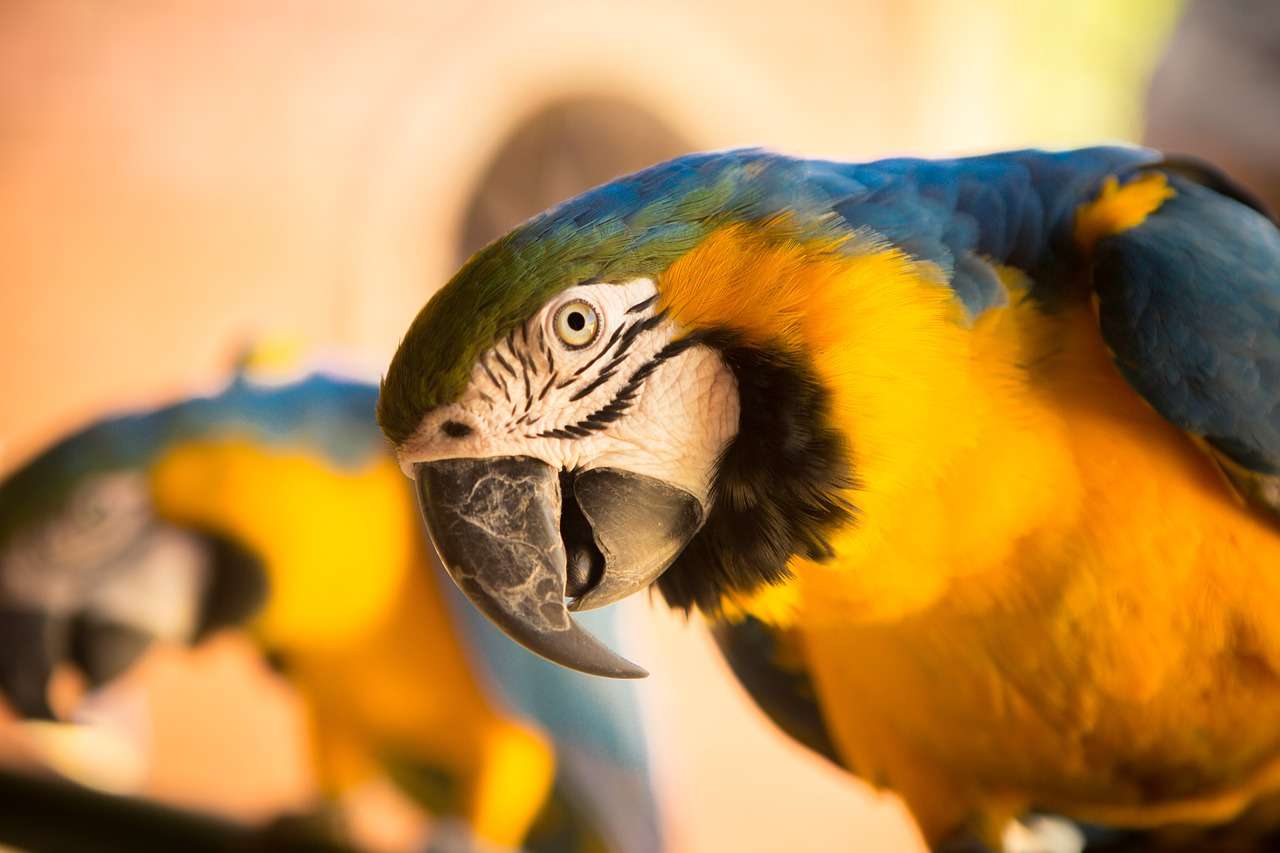Potty training is one of the most rewarding tricks for an owner to teach their parrot. People who have potty-trained birds are much happier than ones that don’t for obvious reasons.
Potty training may not be as easy for an older bird to learn. Young birds, however, take to it readily. Start by placing the bird where you desire that he does his thing. Then in a commanding but gentle voice tell him to go. Any phrase can be used. Most people just use “Go Potty”, but I’ve heard some real good ones. Just be sure to stick with the same phrase forever.
Some people prefer that their bird go only on or in their cage. Others train them to go on newspaper or into a wastebasket. It really doesn’t matter where you teach them to do it, as long as you are sure that is where you want them to go forever and ever. I prefer to teach them to go into a wastebasket. This way, even if we are not at home, and maybe visiting friends they will go where and when I tell them. Friends really appreciate it when you come to visit with your birds.
Okay, so you’ve decided where you want them to go. Now you have to start the training. I will use wastebasket training for my example.
First, hold them over the basket when you think it’s near time to go. Command them to “Go Potty” (or whatever phrase you have chosen). Do not allow them to move from the spot until they have done the deed. If they climb up your arm, gently move them back to your hand and repeat “Go Potty”. Sometimes this can take quite a while.
After they have finally done what was expected, hug them, stroke them and in an excited voice, praise them. I use “Good Girl!”, “Good Boy!”, or “Good Bird!” when in doubt. I prefer not to use treats for potty training. It could make them want to go more often, rather than less often. Smaller birds need to eliminate more often than big birds. The time between potties may range from 10 minutes to 30 minutes. Figure out how often your bird “goes” and adjust your timing around that.
Continue training each and every time your bird is not in his cage. Don’t be lax about it! Most baby birds learn in just a couple of training sessions. Of course, there are still accidents, sometimes for weeks. Once you have your bird eliminating on command, increase the time between the sessions. Your bird will learn to hold it longer and longer each time. I’ve seen some cockatoos and macaws be able to hold it for an hour or more if there was no convenient place for them to go.
Remember, only a veterinarian should be consulted for medical advice and emergencies.
